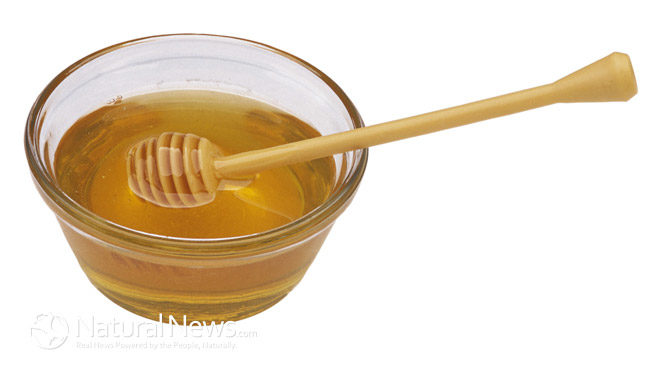Honey whose medicinal uses date from ancient times has been lately rediscovered as therapy for wounds. The antimicrobial effect of honey has been reported by a number of workers it is commonly used as a base for ointments and has very successfully been applied in surgical dressings for open wounds and burns to avoid septic infections. The current prevalence of antibiotic-resistant microbial species has led to a re-evaluation of the therapeutic use of ancient remedies, including honey.
Antibacterial effect of honey
Agmark grade honey (Dabur India, Capital overseas), a polyfloral honey with yellowish brown color, was used in the study. It had 100% purity and each 100 g of honey contains 80 g natural sugars, sodium 17 mg, potassium 138 mg, calcium 13 mg, iron 1.5 mg, and phosphorus 5 mg; sterilized by ultra-filtration and have the floral source from Himalayas, Nilgiris, and Sunderbans of India.
What is honey used to treat?
Honey is most commonly used as a topical antibacterial agent to treat infections in a wide range of wound types. These include:
Leg ulcers
Pressure ulcers
Diabetic foot ulcers
Infected wound resulting from injury or surgery
Burns
In most cases, honey is used when conventional antibacterial treatment with antibiotics and antiseptics are ineffective. Numerous studies have shown that these difficult-to-heal wounds respond well to honey dressings. Inflammation, swelling and pain rapidly subside, unpleasant odors stop, debridement is enhanced as the honey dressings remove dead tissue painlessly and without causing damage to the regrowing cells. Honey promotes rapid healing with minimal scarring.
Honey can also be used as first aid treatment for burns as it has potent anti-inflammatory activity.
For the treatment of infected wounds, it is important that a sterilized, laboratory-tested honey for medicinal purposes is used. Honey produced from manuka trees is tested for antibacterial activity and given a potency rating called a UMF (Unique Manuka Factor). The higher the UMF rating, the greater the level of antibacterial activity. Medical professionals in New Zealand use active manuka honey with a rating of UMF 10 or higher. UMF graded honey is also sterilized by gamma irradiation without loss of any antibacterial activity.
How to use honey on wounds
All difficult to heal wounds should be seen by your doctor. The following are general tips on how honey may be used for wound care.
1.The amount of honey used depends on the amount of fluid exuding from the wound. Large amounts of exudate require substantial amounts of honey to be applied.
2.The frequency of dressing changes depends on how rapidly the honey is being diluted by the exudate. This should become less frequent as the honey starts to work on healing the wound.
3.Occlusive dressings help to prevent honey oozing out from the wound.
4.It is best to spread the honey on a dressing and apply this to the wound than apply the honey directly onto the wound. Dressing pads pre-impregnated with honey are commercially available and provide an effective and less messy alternative.
5.Abscesses, cavity or deep wounds need more honey to adequately penetrate deep into the wound tissues. The wound bed should be filled with honey before applying the honey dressing pad.
Also Read:
Compound in Celery Found to Destroy 86% of Lung Cancer Cells
21 Reasons Hydrogen Peroxide Should Be In Every Home
Study: Vegetarians Are 45% Less Likely to Develop Cancer





